Minions 2: The Rise of Gru (dir. Kyle Balda, 2022) — Review
Much ink has been spilled on the role of Minions as a scapegoat for anti-capitalist and postcolonial trauma. I am about to spill a further litre or more.
Columnists in every reputable masthead have attempted to account for the phenomenon of the ‘gentleminions’ — clumps of young men, dressed to the nines à la Clockwork Orange, who flock to screenings of a children’s film. By turns they have been hailed as freaks, degenerates, and saviours of a flagging industry. The dark truth, which perhaps few are really ready to hear, is that they reflect a broader phenomenon of modernity’s discontents. Not by accident do the Minions rampage down the same steps trodden in Todd Phillips’ Joker.
People can, and do, joke about this. But here’s a simple fact: the brainchild of a rogue French animator has spawned a near-billion-dollar franchise, the unmistakable banana-coded imagery of which bedecks everything from angsty teen Tumblr to alt-right posts about the Bosnian genocide. Jokingly — always jokingly — they wonder: how did this happen?
Louis XVI supposedly cursed Voltaire — the controversial, blockbusting comedian of the Ancien Régime — for his role in fomenting the revolution from the Bastille, decades after the latter’s commercial heyday. One wonders if the same spirit does not bristle in the minions.
The Minions offer an illustration of populist mass politics in recent years. It might be chilling if it weren’t so mundane. “There’s a lot of them so they have a kind of power in that they can overwhelm,” says Chris Renaud, producer of Rise of Gru and director of the first two Despicable Me movies. “It’s like power by wearing you out.” Quite.
Like many lucrative children’s animations — notably Linguine from Ratatouille, voiced by a hitherto uncredited animator, and Shrek — the minions are not a product of mass-commercialized target audience study. Mickey Mouse, it’s worth remembering, was not born of a studio behemoth: Walt Disney, his anonymous creator at the time, simply sketched him up one day. And look where we, and ‘The Mouse’, are now, borne on the boiling tsunami of weaponized cuteness and emotional projection.
The Minions’ presentation as adorable, projectable creatures is exactly what makes them so enticing — and dangerous. Vox have written a feature on the way that they illustrate the stages of capitalism, but the glaring racial subtext is simply too brazen to be acknowledged: a massed, diminutive underclass drawing direct cinematic lineage from a host of inspirations including Roald Dahl’s Oompa Loompas. And at last here it it is, undeniably incarnated in this latest instalment and its San Francisco ‘70s setting.
In the very first scene of the film, the Minions and their erstwhile, Slavic-accented master Gru are shown at home in a Disney utopia, now as remote as the land of Snow White or Lilo and Stitch’s Hawaii. Rampaging through the Stepford Wives’ picket fences of a postwar, multiracial American Dream, which welcomes its cast of snivelling immigrants, the protagonist and his entourage end up in a screening of Jaws. This beguilingly simple vision of danger sets the tone of the film: one steeped in a Cold War binary, where children can grow up to be a hero or a villain, namely an American or a ‘something else’.
As the League of Evil go about their wily business, led by Belle Bottom, an afro-haloed disco diva (Taraji P Henson), they squabble with childish, cabbage-gobbling Gru for an enchanted Chinese amulet that turns them into zodiac animals. With the villains including ‘Svengeance’ (Dolph Lundgren) and Catholic nun Nunchuck (Lucy Lawless), driving a motorized organ, it’s hard not to see the cultural bisections that formed the joyous romps of a partisan Hollywood then and now — not least with the extended Chinatown scenes with Michelle Yeo’s Master Chow. How they got away with that, no one knows — but the purity of intention shines through, right through those big yellow goggle eyes.



